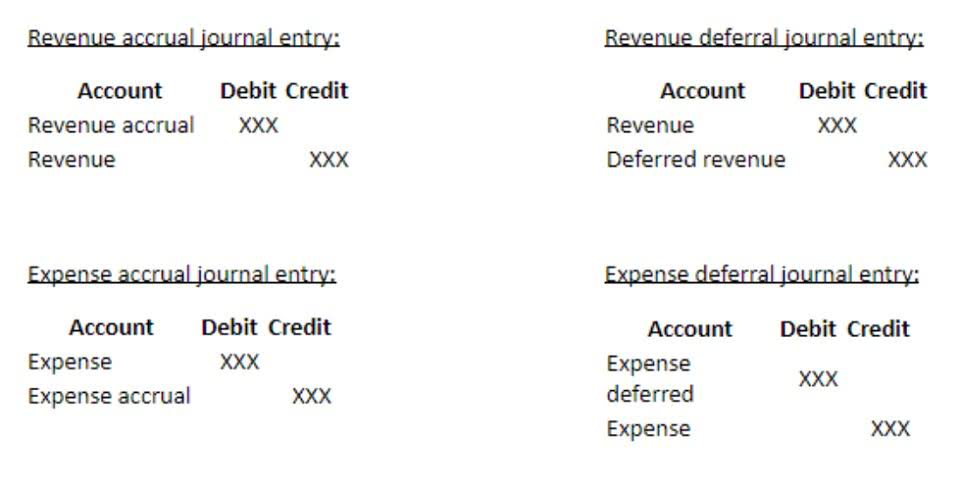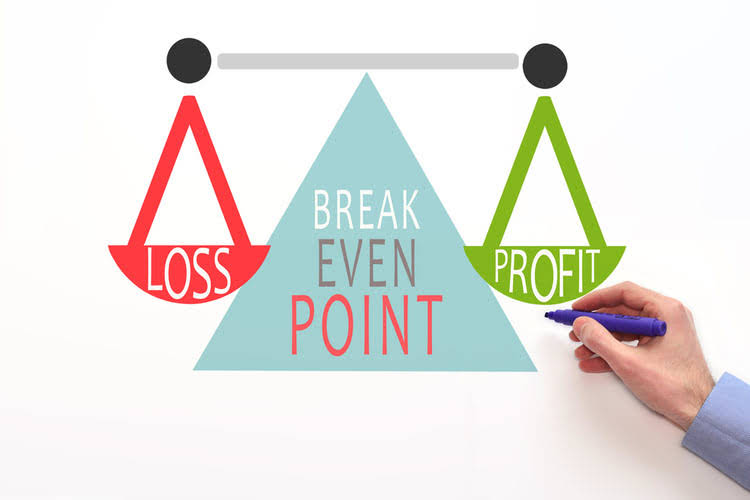
Conversely, when managers are able to reduce WIP, one result is positive cash flow. WIP levels have implications for both cash flow and operational efficiency. This phrase is correct and commonly used in English to refer to something that is still being developed or completed.
Overhead Costs
While “in process” and “in progress” can both be used to describe activities that are not yet complete, it’s important to choose the right phrase to accurately convey the status. When it comes to describing activities that are currently underway, “in process” and “in progress” are two phrases that are often used. We used both “in process” and “in the process” to show you when the two phrases are used differently. As we said, it’s much more likely to come across the phrase “in progress,” but that doesn’t mean there aren’t still appropriate times to use “in process” in your writing. By separately recording WIP inventory, businesses can analyze production costs and optimize inventory management.
- Typically, to calculate the amount of partially completed products in WIP, they are calculated as the percentage of the total overhead, labor, and material costs incurred by the company.
- These costs are typically allocated based on the amount of related labor hours or machine hours compared with a manufacturer’s total labor hours or machine hours.
- Throughput refers to the rate at which product moves through a factory, from raw materials to finished goods inventory.
- COGM can be determined by adding the total manufacturing costs to the beginning WIP inventory, followed by subtracting the ending WIP inventory.
- Think of “in process” as a step-by-step procedure and “in progress” as something currently happening.
- Once your WIP inventory turns into sellable goods, you will need a system in place to track inventory as it’s being sold.
Can I say “work in process”?
Work in process inventory encompasses all inventory types in the intermediate stage between raw materials inventory and final products. If raw material is combined with direct labor but is not ready to be sold, it counts as WIP inventory. For example, if a company sells bags of coffee, their WIP inventory would include bags, labels, coffee beans, and shipping boxes. While ‘work in progress’ and ‘work in process’ are often used interchangeably, they can sometimes refer to distinct situations. Typically, ‘work in progress’ refers to the costs linked with incomplete goods in the manufacturing process, encompassing raw materials, direct labor, and overhead expenses.
- Effective implementation of these best practices ensures that WIP is managed efficiently, leading to improved quality, reduced costs, and enhanced customer satisfaction.
- While the phrases In Process and In Progress may seem universally understood, there are distinct regional differences in their usage that can affect clarity and communication.
- Work in process (WIP) inventory refers to goods that are in various stages of production but are not yet completed.
- Usually, accountants assign all raw materials, gather all labor and overhead costs, and then record the sum of all these costs as an asset entry in the balance sheet.
- An example sentence could be, “The construction of the new library is in progress,” indicating that work is actively taking place and is expected to conclude.
Calculating WIP Inventory Example
- As a best practice, some organizations will complete all in-progress work prior to the end of a reporting period, so that they do not have to account for it as part of their month-end closing activities.
- For instance, one might say a painting is “in progress” to convey that the work is ongoing.
- Work-in-progress, as mentioned above, is sometimes used to refer to assets that require a considerable amount of time to complete, such as consulting or construction projects.
- For example, if a company sells bags of coffee, their WIP inventory would include bags, labels, coffee beans, and shipping boxes.
- WIP is sometimes used interchangeably with “work in progress.” However, WIP has a specific meaning in an accounting context.
- She holds a BA in Communications and Public Relations from Virginia Tech, and brings 4+ years of expertise in supply chain content marketing.
Mattias is a content specialist with years of experience writing editorials, opinion pieces, and essays on a variety of topics. He is especially interested in environmental themes and his writing is often motivated by a passion to help entrepreneurs/manufacturers reduce waste and increase operational efficiencies. He has a highly informative writing style that does not sacrifice readability. Working closely with manufacturers on case studies and peering deeply into a plethora of manufacturing topics, Mattias always makes sure his writing is insightful and well-informed. We are pleased https://www.bookstime.com/ to share the latest edition of Miller Cooper’s Middle Market Economic Sentiment Index, offering a comprehensive view of the current business climate.

In progress is the more popular version at this point in history, by a factor of several times. Unless this trend reverses, you are better off using in progress in your own writing, since it will seem more familiar to your readers. In progress also appears in the phrase work in progress, which is a noun phrase that denotes something that is still being finished. In progress is an adverb phrase that refers to something that is not yet complete. Plus, I will show you a helpful memory tool that makes choosing either in progress or in process easier in your own writing. If we enter those inputs into our WIP formula, we arrive at $25 million as the ending work in progress (WIP), reflecting an increase of $5 million in WIP from the beginning to the end of the period.

Since every business will have both works in process and works in progress (both of which can have the acronym WIP), it is clear that you must learn how to calculate their values. In summary, a work in progress for business purposes is a project that is on the way to completion. “Work in progress” is a phrase that is more Liability Accounts familiar to people outside of the business world. Its colloquial meaning can help you understand its meaning in a business context, too.

If unresolved, these issues could lead to higher holding costs or possible cash flow problems down the line. It gives you visibility into the total value of your output, not just in terms of raw materials and finished goods, but everything in between too. They focus on smaller products with higher production quantities, and typically treat WIP as short-term assets with quick completion and selling times. Think of WIP as the story explaining what’s happening between your raw materials at the starting point work in process of your production process, and the finished goods at the end of it. Yes, “in progress” is suitable for any ongoing activity, whether it’s a project, task, or general situation, and is commonly used in both formal and informal contexts. On the other hand, ‘in progress’ conveys that an activity or task is ongoing and moving towards completion.
- These in-progress concepts do not apply to construction projects, for which there is a separate construction-in-progress account that accumulates costs.
- That’s part of the reason why “in progress” is the more common choice of the two.
- Since WIP inventory is an inventory asset, neglecting to include it on your business’ balance sheet can cause your total inventory to be undervalued.
- As logistics experts, Ware2Go is well-positioned to help you better manage your supply chain with Ware2Go’s service.
For instance, the WIP inventory could be undergoing finishing touches prior to being marked as complete. Dealing with high WIP levels could help you produce things faster at a higher quality and, in turn, deliver them to customers earlier. You might find that there are bottlenecks because one part of the process wasn’t getting enough attention, while another part was getting too much. With your WIP information, you can shift things around and achieve better overall results. When you start producing it, you have the raw or primary materials, such as plastics and metals.
‘In Process’ or ‘In Progress’ – What’s the Difference?
Teams can work on the next work item in progress, which will help work flow better. Focusing on one thing at a time helps team members work more effectively because they are working on fewer things, which means they can spend less time switching between tasks and completing them faster. This can lead to an increase in inventory, which can be expensive and difficult to manage.

WIP management is closely tied to production scheduling and machine availability. While there is an optimal level of WIP for maximizing operational efficiency, the challenge is to determine what that is. s emerging during the process. It is typically used in the context of manufacturing or business processes.

